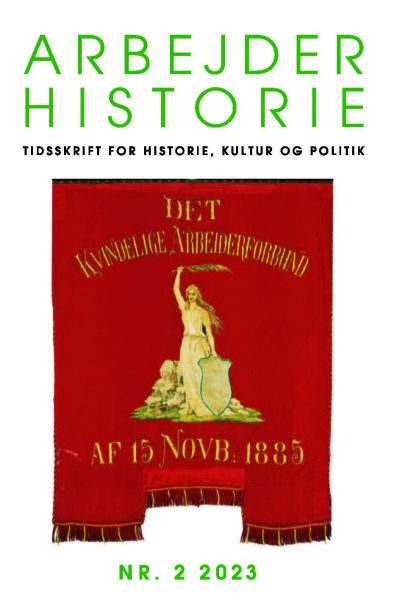Under lindetræerne. Udsmykningen af Blågårds Plads
DOI:
https://doi.org/10.7146/ah.vi2.156041Resumé
In 1910’s, the pioneering public square Blågårds Plads was established in the working-class neighborhood inner nørrebro by the municipality of Copenhagen. The stone-paved square surrounded by granite sculptures were designed by sculptor kai nielsen in collaboration with architect ivar Bentsen as a tribute to the members of the working class, adults and kids alike. This paper explores, how the artwork of the new public square became a subject of critism as a part of an ideological struggle regarding the city’s urban space. a few years earlier, the artist Theodor Phillipsen’s suggestion of a beer fountain at Blågårds Plads also was widely criticized. The purpose of this paper is, as a new approach to the research field, to uncover and compare the arguments about the public artwork. The labor movement, the temperance movement and the bourgeoisie all joined the discussion. This paper argues that Blågårds Plads was an early attempt from especially the labor movement to obtain power and break the political party Højre’s (“Right”, later: “The Conservative People’s Party”) control over monuments and public artwork in Copenhagen. Subsequent to the construction of Blågårds Plads, the monument placement in Copenhagen was irrevocably transformed. Other groups in society, i.e. workers or women, now could find new representation in urban space via monuments.
Downloads
Publiceret
Citation/Eksport
Nummer
Sektion
Licens
Copyright (c) 2023 SFAH og forfatterne

Dette værk er under følgende licens Creative Commons Navngivelse – Ikke-kommerciel – Ingen Bearbejdede Værker (by-nc-nd).


